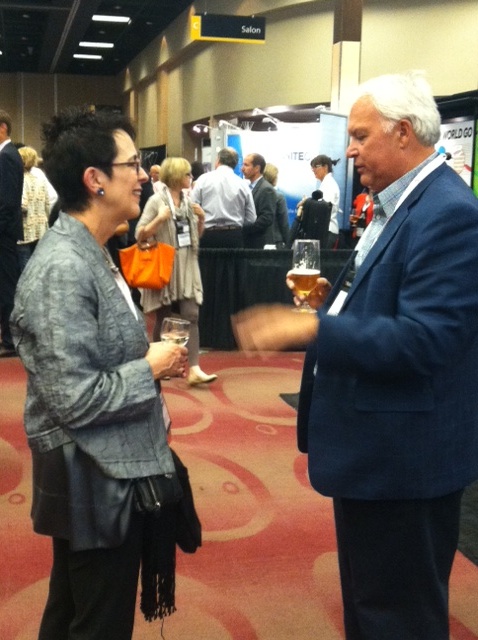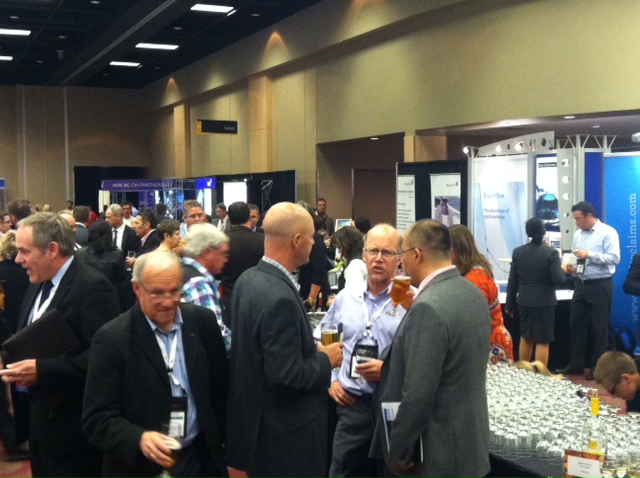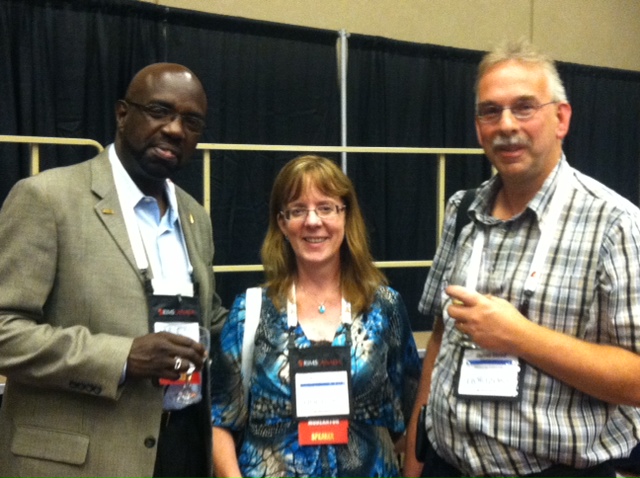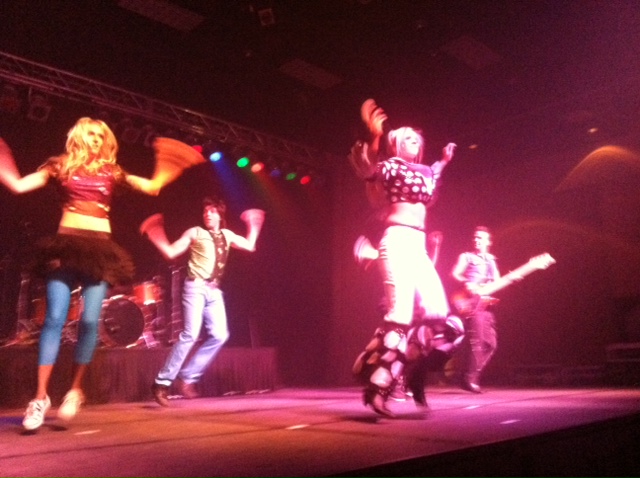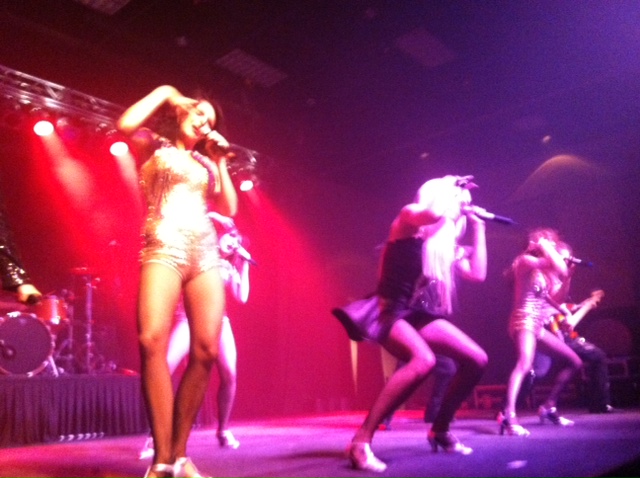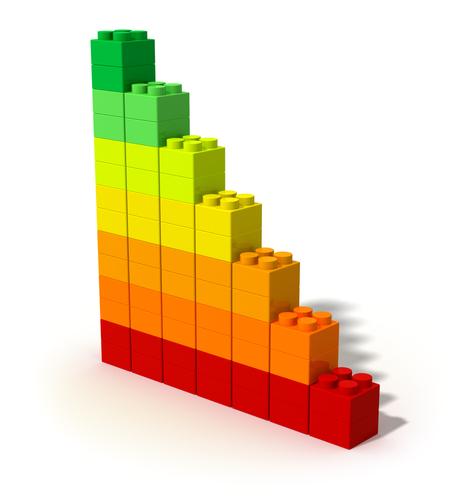The role of the risk manager is in a state of continuous flux, with responsibilities for risk managers being added as modern risks are revealed. At the 2012 RIMS Canada Conference, a panel of some of the finest minds in the discipline gathered to discuss this issue in a panel discussion titled, “Are We There Yet? The Evolving Role of the Risk Management Professional.”
The panel included:
- Robert Cartwright, loss prevention manager for Bridgestone Retail Operations, LLC
- Nancy Chambers, director of risk management and insurance for NRES, Bentall Kennedy LP
- Dan Kugler, assistant treasurer risk management for Snap-On Inc.
- Deborah Luthi, RIMS president and enterprise risk manager for the San Francisco Public Utilities Commission
The following are each speakers thoughts on the matter:
Robert Cartwright: “Risk management has changed from the traditional buying of insurance,” said Cartwright. “We have a multi-generational focus today.”
The different approaches to risk management, as stated in the Marsh Excellence in Risk Management study:
- Traditional — you have your job and I have my job, focused on transferring, not linked to corporate strategy
- Integrated/advanced — focuses on mission statements and you’ll get the attention of the c-suite
- ERM — enterprise means everybody, no longer a silted approach. everyone in the org has a risk. develop 3-5 ear plan and now we have a rm program.
The current, inter-generational workforce
- For the first time, we have five generations in the workforce
- There is a shift in management philosophies
- Lack of historical/knowledge transfer, “That’s the biggest problem that we have,” said Cartwright. “There is historical knowledge that needs to be passed on to the next group. Without historical knowledge, your company is doomed to fail and repeat mistakes.”
- Communication gaps — the issue of how we say things
- Technical abilities drive work ethic
- Motivation through generations
Social media guidelines:
- Major news source — “You don’t have to wait for the newspaper to come out anymore,” said Cartwright. “You can go to Twitter.”
- Generational usage differs — “How many people use Facebook for investigating their employees on workers comp,” Cartwright asked. “We do. Facebook is a public entity. There is no governance. We have to find a way to govern it but most companies don’t even have a social media policy.”
- Lack of workplace guidelines creates confusion
- Insurances to protect employers
- Use in hiring practices
Nancy Chambers: What is your place within the organization?
- Clearly defining and establishing your role, “You really have to look at the expectations of your senior management, then look at what value you are providing to the organization.”
- Identifying and responding to expectations
- Demonstrating value to the bottom line of the organization
What’s on the Horizon?
“There is an increased focus on data,” said Chambers. But there are things to consider regarding data, including:
- Must be comprehensive and credible
- Senior management must make informed decisions
- Insurers desire a well-risk-managed account (ERM)
The changing risk landscape:
- Reputational — “We have a reputational risk because our major resource is our people,” said Chambers. “For us reputational risk is huge.”
- Cat loss categorization — “Used to be only earthquakes. Now they’re looking at windstorms, flood plains and hail storms.”
- Regulatory change — “Especially in the areas of environmental.”
“Make the most of your opportunities,” said Chambers. “Be aware and make the most of your message. Be visible, be valuable, be strategic.”
Dan Kugler voiced his support for an idea that may be new to many: entreprenuerial risk management, or ERMe.
“There is an evolving risk professional,” Kugler said. “I wasn’t going to talk about this but I think RIMS is looking at how we are going to put everybody into the risk professional tent. One article that I keep in my mind is the 2012 RIMS Benchmark Survey. It asked risk managers where they go to get risk management expertise. It said we go to our brokers, to our insurance carriers, it said we go to outside vendors.
“So start thinking about not only the evolving job you have, but who is a risk professional.”
ERMe is a balance between the traditional concepts of preserve, protect and comply (the downside of risk) with build, expand and exploit (managing the upside of risk).
- when you’re sitting, looking at whoat you do in your job, become an entrepreneur.
- preserve, protect and comply + build, expand and exploit = entrepreneurial risk management
- contented evolution of rm
Kugler then shared an interesting fact about the number of Google searches for “risk management.”
- 2006 and 2007: 3.2 million
- 2008 and 2009: 27.3 million
- 2010: more than 63 million
According to Accenture, 85% of companies said that risk managment has become a driver of competitive advantage for their company. Kugler wrapped up by sharing his favorite quote:
“Failure to exploit an opportunity or competitive advantage can be considered a significant risk.”
Deborah Luthi delved into the top three risks as identified by those at the 2012 RIMS conference in Philadelphia. They are:
- Another economic decline or stagnation
- Cyber risks
- Bridging the talent gap
“A couple of years ago, these wouldn’t be on the list,” Luthi said. “Is there an insurance product out there for numbers one and three? No, there isn’t. We’re all beginning to think about un-insurable risks that our organizations have and we can’t purchase insurance for them.”
She then referenced the “Excellence in Risk Management” survey, listing senior management’s desired changes:
- Integrating risk management deeper within operations
- Executing daily risk management activities more efficiently, “This is directly related to data, being able to quantify those risks,” Luthi said.
- Providing improved analysis and quantification
- Leading ERM activities — “Oftentimes we are here talking about how many of you are doing risk management, but I think sometimes we wait to be invited to do that. Dan talked about how you need to be looking for those opportunities. We can all be entrepreneurial risk managers by helping our organization understand what risk management is.”
“Are we there yet? I certainly hope not. I hope this is the beginning. I think a name change is in order. ‘Risk manager’ comes with a lot of baggage.”
Are we there yet? According to the panel, if you believe so, you may be in for a rude awakening. Just as business risks continue to evolve, so too must the role of the risk manager.

